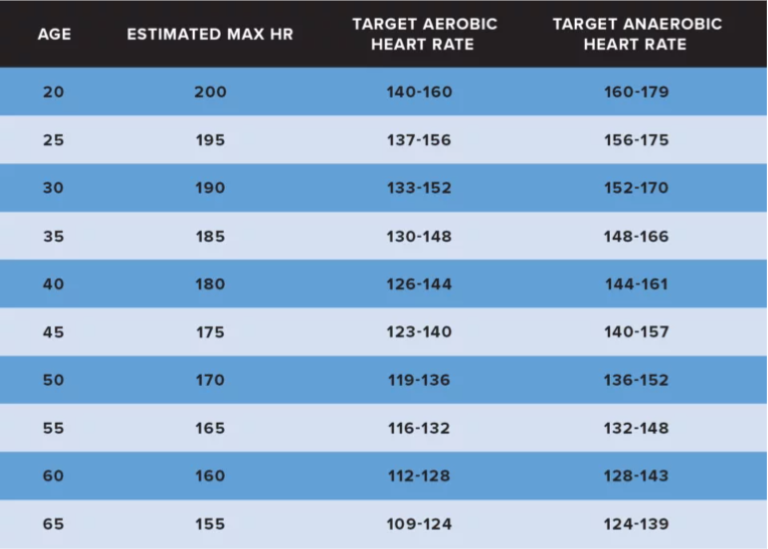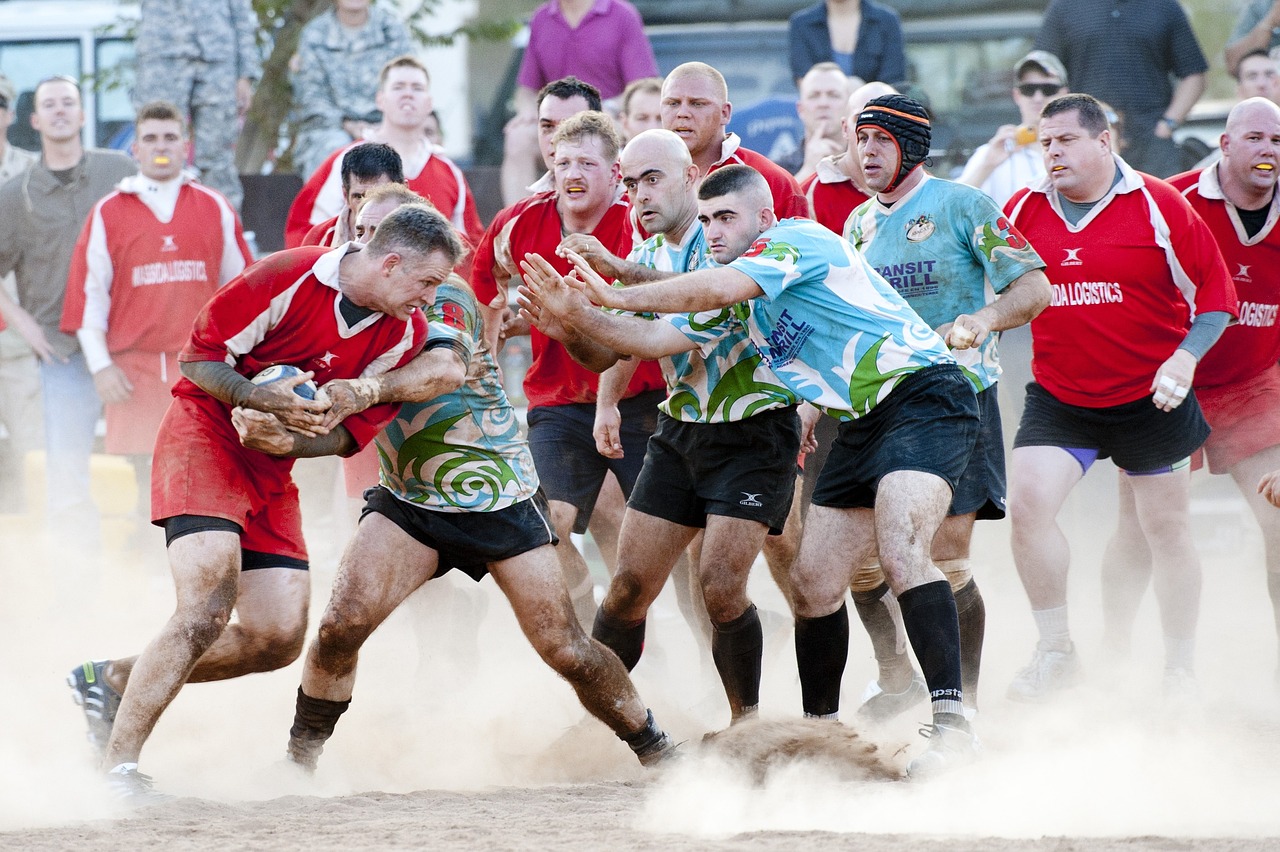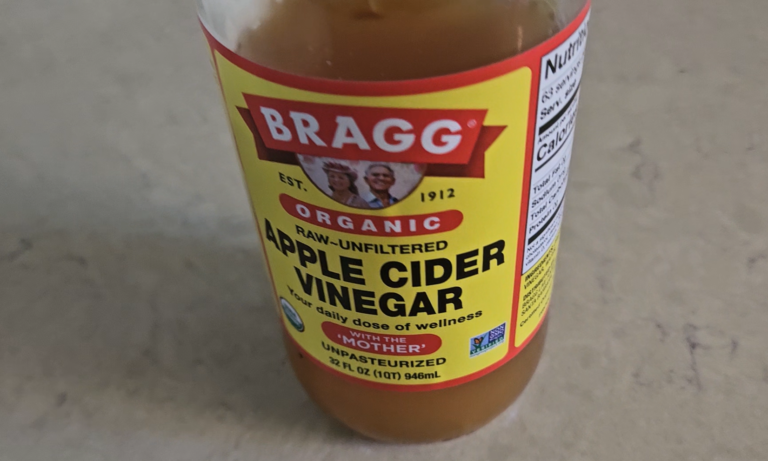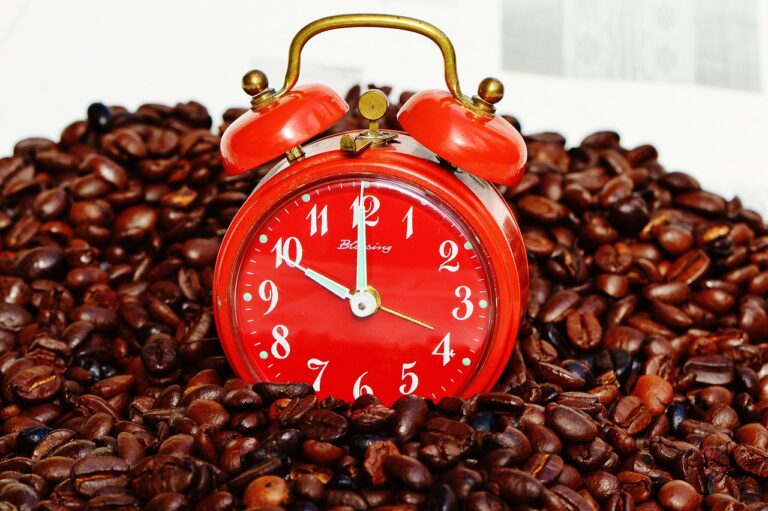Eating for Athletic Performance
Every athlete’s goal is to strive to perform to the best of their ability. Daily training requires a comprehensive eating plan that will help with recovery. Below are some of the key points every athlete needs to know in order to get a leg up over the competition.
Calories Explained
Energy requirements for an athlete typically exceed that of an average person. The recommended daily intake for the average human is between 1800 – 2000 calories per day. Your average athlete, especially young athletes, need an average intake of around 2400 – 3000 calories. The amount of energy in foods is dependent on the macronutrients contained within.
Protein – 4 calories/gram
Protein is the building block for your entire body. It’s not only responsible for muscle growth and repair, but it’s also found in your skin, hair and organs. It also makes up the enzymes that power many chemical reactions and makes up the hemoglobin that carries oxygen in your blood. As an athlete, you never want to be lacking in protein over any other macronutrient.
Carbohydrate – 4 calories /gram
Carbohydrates are the main source of energy for the body. Found in most foods, the body breaks down carbohydrates into glucose. Glucose is the main molecule that powers neurological and muscular actions within the body. The brain itself uses up more glucose than anything else in the body.
Fat – 9 calories/gram
Fat is a very efficient energy source for the body, containing over double the amount of energy than the other two macronutrients. It’s a slower burning form of energy and the main source of energy for longer duration exercises. This doesn’t mean that football players need to cut out fat entirely. Fat supports cell growth, keeps cholesterol and blood pressure in control, and helps the body absorb nutrients. Cutting out fat will hinder your body from getting what it needs.
SO HOW MANY CALORIES DOES AN ATHLETE NEED?
Every day the human body burns energy, even when we are sleeping. Bodily functions such as the heart beating, brain function, ATP synthesis, respiration, circulation and digestion all require a certain amount of energy (or calories) to be consumed in order to function appropriately. We call this our RMR, or Resting Metabolic Rate. There are many calculators on the web that can be used, but the most accurate to date is the Mifflin-St Jeor Equation.
Men:
(10 × weight in kg) + (6.25 × height in cm) – (5 × age in years) + 5
Women:
(10 × weight in kg) + (6.25 × height in cm) – (5 × age in years) – 161
INCORPORATING PHYSICAL ACTIVITY INTO YOUR CALORIC NEEDS
It’s difficult to know exactly how many calories we burn each day, but we can get a rough estimate if we take into account how much physical activity we do throughout the day. Mowing the lawn, construction work, desk jobs, sitting in class, walking on a track and lifting weights are some examples of activities that burn calories. But how many? Again it’s hard to determine an exact number, so I like to go based off of heart rate.
As workout intensity increases, so too does the heart rate. If I asked an athlete to sprint around a track, a good athlete can probably do so in about a minute. During that minute, lets say the athlete burned around 20 calories. Then I asked the athlete to jog around the track at a comfortable pace and it took the athlete 2 minutes to complete the lap. The athlete burned around the same amount of calories, but that’s only because the athlete spent twice as long completing the workout at a lower heart rate.
If you worked out and need to know roughly how many calories you’ve burned, use the formulas below. After you’ve done this a few times, you’ll start to get a rough idea of how many calories you burn with each workout without having to rely on the formula. The table will give you a heart rate range based off of age.
Men:
Calories per minute = (-55.0969 + (0.6309 * Heart rate) + (0.1988 * Weight) + (0.2017 * Age)) / 4.184
Women:
Calories per Minute = (-20.4022 + (0.4472 * Heart Rate) – (0.1263 * Weight) + (0.074 * Age)) / 4.184

After you’ve added these two results together, you get your athlete’s total daily calorie expenditure. There are many different ideas of how much of each nutrient you need, and it’s important to note that everybody is different. A good starting point to reference the following, but keep in mind that it’s important to adjust these numbers slightly depending on your sport and training style.
Protein – 40%
Carbohydrates – 40%
Fats – 20%
Keys to proper sports nutrition
WHAT TO EAT
We’ve all heard the phrase “stick to the outside of the grocery store”. It goes without saying that all of the non-processed foods are much healthier for you and provides nutrition that processed foods can’t.
Meats and vegetables should be the cornerstone of your diet. Avocado, olive and coconut oils provide healthy fats along with nuts and seeds. A serving or two of fruit every day is important. Starchy vegetables such as sweet potatoes and yams are good to eat, but should be limited to no more than a couple of servings a day. Quinoa and long Jasmine or brown rice are good choices, but also should be eaten sparingly. Whole grain and fiber rich carb sources are preferred if you just can’t live without processed food.
Lastly, stay away from sugar, sweets and processed foods. Yes, I know they are hard to avoid. If you have them regularly, it’s important to eat these items last during you meal and eat protein and vegetables first. Allowing your body to try and work through these macros slows the absorption of glucose and will limit fat storage.
HYDRATION
Electrolytes, especially in children, are important to stay on top of during practices and games. It only takes a 2% drop in hydration levels to negatively impact performance. Sports drinks and water should be an athlete’s top choices while staying away from energy drinks. Not saying consuming carbs is bad before or during a performance, but overdoing it leads to increased insulin levels and inflammation that can impact a player’s performance.
When all else fails, water is the best choice! An athlete should be drinking, at minimum, a half an ounce of water per pound of body weight every day and up to an ounce of water per pound of body weight.
PLANNING OUT A NUTRITIOUS DAY
Some breakfast foods that are ideal include
• Fruit
• Oatmeal
• High-Fiber or Whole Grain Cereal
• Eggs
• Low Fat Yogurt
• Low Fat Milk
Some lunch ideas
• Chicken
• Rice
• Fruit
• Salad
• Walnuts
• Carrots
• Cabbage
Some dinner ideas
• Salmon
• Chicken
• Lean Red Meat
• Squash
• Spinach
• Asparagus
• Cashews
• Macadamia Nuts
• Sweet Potatoes
PRE-GAME NUTRITION
The minutes or hours leading up to a game aren’t the most important times to eat your pre-game meals. The days, weeks and months leading up to a competition are how you properly prepare for game day. That being said, the meals leading up to a game should be carbs and water. Many athlete think that if they pound a bunch of sugar before the game that they will perform their best. This isn’t the case and an athlete best be prepared for a hard crash and stomach issues during.
Morning time should be loaded with protein, a moderate amount of starchy carbs and a bit of vegetable to help prime your body and mind for what’s to come. A few hours before the game should be loaded with carbs, but not the easy kind. You want a reliable energy source that’s long lasting, so focusing on rice, yams, sweet potatoes, quinoa, and whole wheat grains is best. About an hour before game time, try a Larabar, Clif bar or RxBar. Something that has a bit of fast burning and slow burning carbs is best along with a bit of protein like low-fat yogurt are a small shake. Fruits are also recommended for hydration and nutrient balance going into the game.
A sports drink or something with plenty of electrolytes in it is recommended 30 minutes to an hour before game time and during the game.



